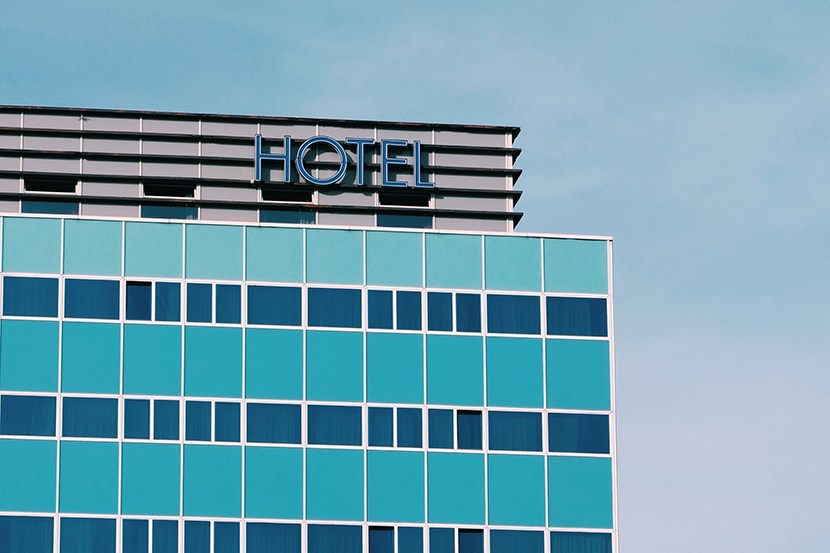
Analysts Upgrade Hotel Forecast

STR, Hendersonville, Tenn., and Tourism Economics, Wayne, Pa., upgraded their 2021 U.S. hotel sector forecast after seeing stronger than expected demand during the first quarter.
But despite the higher projections for this year, the revised STR/TE forecast said full recovery of demand remains on the same timeline for 2023, while close-to-complete recovery of revenue per available room will likely wait for 2024.
“The next stage of the U.S. travel recovery has commenced,” said Adam Sacks, President of Tourism Economics. “An effective vaccine rollout and generous fiscal stimulus will drive the fastest single-year economic expansion in nearly 40 years. Leisure travel demand is gathering strength with substantial recovery in sight for many markets.”
But Sacks noted that transient business and group and international travel “face continued headwinds,” and a full recovery for those demand drivers will likely take several years.
“The expectations for the upcoming summer months have been strong for some time, but the year got off to a better start than anticipated as vaccinations expanded and consumers flush with savings felt ready to jump back into the experiences that were put on hold over the past year,” said STR President Amanda Hite. “As we saw in late March and early April, leisure continues to be the primary source of demand, although improving weekday occupancies indicate that some business travel is back in the marketplace. What remains furthest off from meaningful recovery is group business, but there is hope for upward movement in that segment as more events get back on the books. Until that point, big-box hotels and markets heavily reliant on conventions will continue to lag, keeping total industry recovery to 2019 levels in the distance.”
US Realty Consultants, Columbus, Ohio, reported hotel sector capitalization rates increased modestly–10 basis points for limited-service hotels and 30 basis points for full-service hotels–over the past quarter.
The firm’s latest USRC Hotel Investor Survey suggested investor’s slowing growth expectations could be driving the increasing cap rate trend. “While Average Daily Rate growth expectation is still robust, it is down significantly from the recovery growth expected six months ago in the midst of the summer surge of the pandemic,” USRC said. “So, while growth expectations during the upcoming recovery remain high, they are lower than that of the mid-year 2020 survey.”
In addition, hotel expense growth expectations have “exploded,” USRC said, increasing from very modest levels last year to current levels approaching 4.3 percent.
“Investors appear to be considering likely increases in operating costs due to labor shortages and, in many jurisdictions, increases in taxes and insurance,” USRC said. “The combined impact of slower ADR growth and increasing expenses brings down yield expectations, even as capitalization rates rise modestly.”
